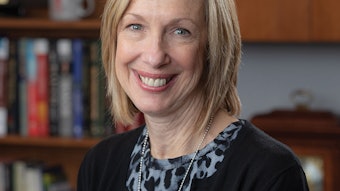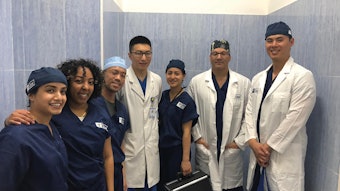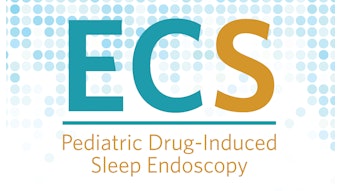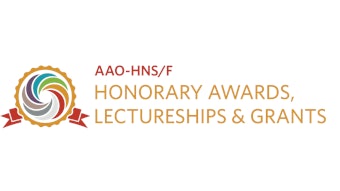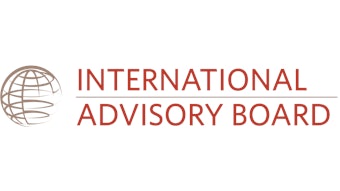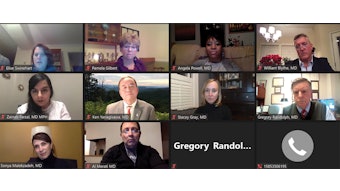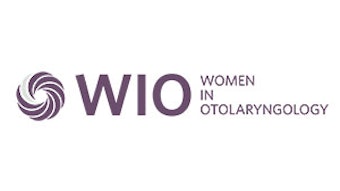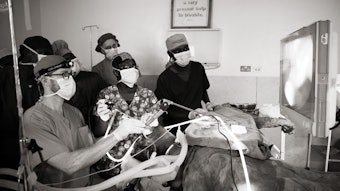Otolaryngology Discoveries Sharpened during the Call for Science
With the AAO-HNSF 2021 Annual Meeting & OTO Experience Call for Science behind us, I think warmly of colleagues around the country and the world calling, texting, and emailing each other, excited with new ideas for Expert Lectures and Panel Presentations
Daniel C. Chelius, Jr., MD, AAO-HNSF Annual Meeting Program Coordinator
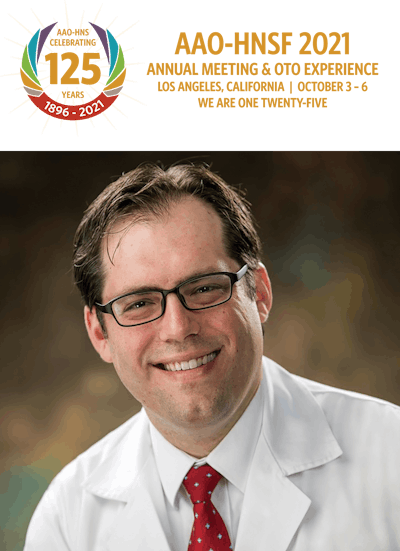 Daniel C. Chelius, Jr., MD
Daniel C. Chelius, Jr., MD
In March, the specialty groups will meet virtually to begin organizing the Annual Meeting program with both breadth and depth of education opportunities in mind. They will discuss and rank the submissions in their track based on multiple factors, including the composite review scores and the education gaps identified from prior meetings. During a half-day retreat later in the spring, the AMPC will gather to collate the program with particular attention to presentations that cross specialty areas. In the end, we aim for an agenda that brings together the most current science, the best education opportunities, and the most inspiring discussions in otolaryngology. We aim for a meeting faculty who include both enthusiastic new perspectives and experienced thought leadership.
The AMPC is preparing diligently for the review period. We always hope to employ a fair process with as much precision and accuracy as possible. This year—to work toward ever-improving inter-rater reliability during proposal review—we have launched an Onboarding and Calibration Strategic Team under the leadership of Clark A. Rosen, MD, to develop an annual training curriculum for committee members. In parallel, Minka L. Schofield, MD, has led our new AMPC Diversity Champions Strategic Team to craft an Implicit Bias Training program for all AMPC members. While many of us are likely exposed to some sort of implicit bias training in our home institutions and communities, we believe that focusing on our potential biases as a group will elevate the quality of our reviews and keep the discussion fresh in our minds.
On behalf of the AMPC, I would like to thank the submitters to this year’s Call for Science. There is no Annual Meeting without your support for the Academy. We take our review and program organization responsibilities very seriously and are grateful for your trust.





